
Egypt
Egypt, in northern Africa, is known for its ancient civilizations. Their cuisine makes use of the abundant produce that grows in the Nile Valley and Delta. Grab your kids and let’s learn about Egypt!
QUICK STATS
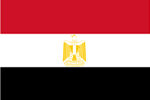
Northeastern Africa, bordered by the Mediterranean Sea to the north, Israel and the Red Sea to the east, Sudan to the south, and Libya to the west.
A brief history for kids to learn about Egypt
Ancient Egypt was one of the first civilizations in the world.
It began about 3150 BC. During this time (called the Old Kingdom), Egypt was ruled by the pharaohs.
Many important architectural and agricultural developments were made; among those are the pyramids, a written language of hieroglyphics, and effective systems of irrigation.
However, civil wars erupted in this great society, and about 2130 BC it was divided.
Egypt wasn’t reunited until around 1938 BC by the rulers of Thebes. It was at that time the Middle Kingdom period began.
Egypt grew and expanded its territory during the Middle Kingdom, but was eventually invaded by the Asian Hyskos.
The Egyptians forced out the Hyksos in about 1539 BC, beginning the period called the New Kingdom.
During the New Kingdom era, Egypt was at the height of its power. It conquered neighboring nations such as Israel and Syria.
But about 330 BC, Alexander the Great conquered Egypt, and when Alexander’s general Ptolemy took over the Egyptian throne, he began a new dynasty of Egyptian rulers called Ptolemies.

This was another era of great developments, including the Pharos lighthouse and the great library at Alexandria.
The last of the Ptolemies was Cleopatra, whose navy was defeated by Rome in 30 BC. Egypt then became part of the Roman Empire.
Around 600 AD, Muslim Arabs took over Egypt. Egypt was then home to many Muslim dynasties until it was conquered by the Ottoman sultan in 1517, at which time it became part of the Ottoman Empire.
Around the year 1800, Egypt was then occupied by the French and subsequently the British, though there were several years it experienced brief times of independence.
The modern republic of Egypt was finally founded in 1954.
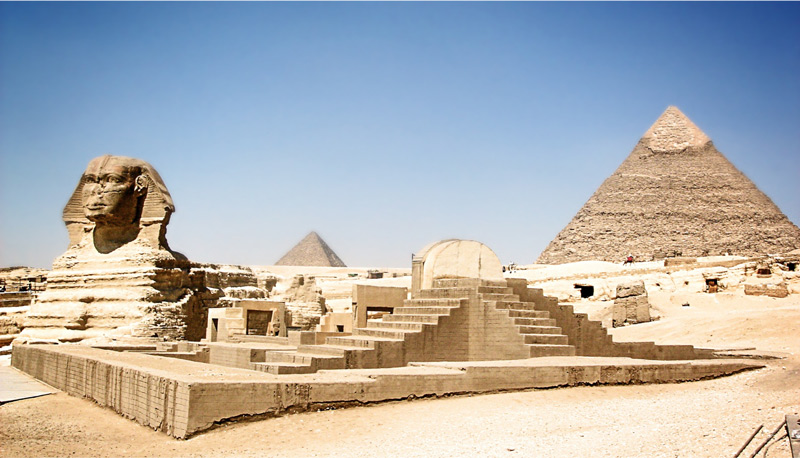
Fun facts about Egypt for kids
- Egypt invented the 365 day calendar. It was developed in order to predict the time of the yearly flooding of the Nile River
- The world’s oldest dress was found in Egypt. It is approximately 5000 years old.
- Ancient Egyptians invented toothpaste.
Egyptian food
Egypt is one of the oldest continuous civilizations on the globe. Its rich food traditions are rooted in thousands of years of history and culture, with distinct and flavorful dishes born from the myriad of crops growing plentifully in the fertile Nile valley.
The Egyptian diet is heavy in legumes and vegetables, and it is generously seasoned with a variety of spices. Rice also plays a large role in Egyptian cuisine, as the country is the largest producer of rice in the Middle East.

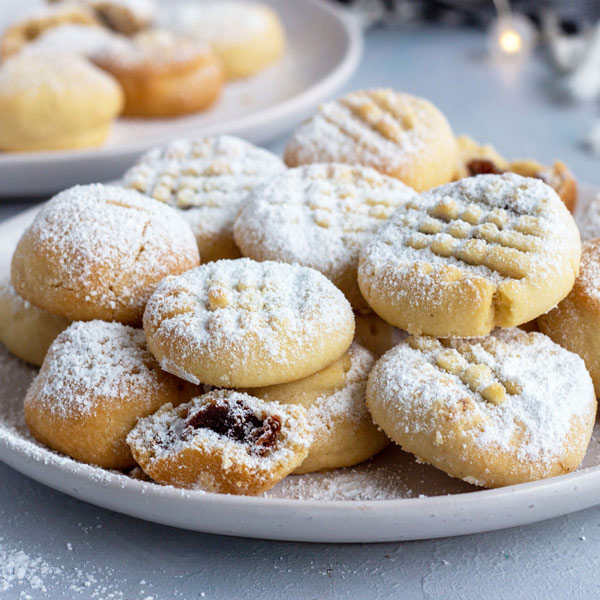
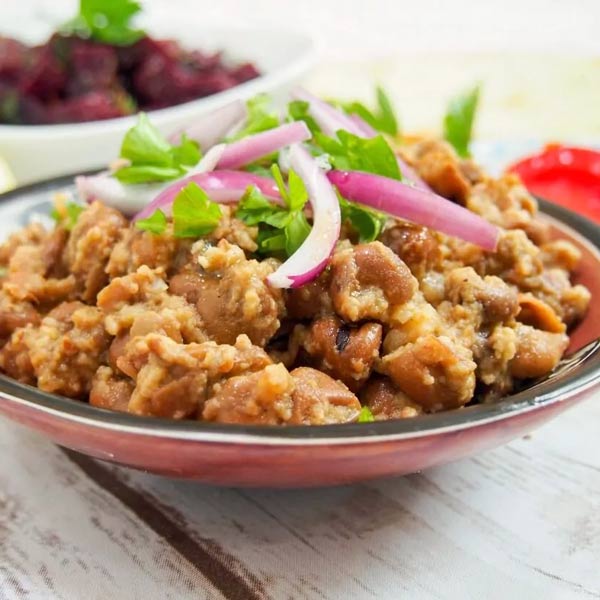
What do the Egyptian eat? Mealtime in Egypt.
Egyptians eat three meals a day. Mealtimes are a time of gathering for Egyptians, focused on spending time with their (oftentimes large) families. Together they enjoy both the time conversing around the table and the flavorful dishes resulting from hours of patient preparation.
Breakfast (fiTaar)
In Egypt, breakfast, is a leisurely meal eaten any time between 8 am and noon. The most popular food to eat for breakfast is fava beans.
Fava beans are the central part of a dish known as Ful medame, in which they are first soaked overnight, and then boiled in the morning and served with fried onions, lemon, salt, and spices. Sometimes it is accompanied by pita bread and eggs.
Lunch (gadda)
This is the largest and most elaborate meal of the day. Often the lady of the house spends her morning hours shopping for and preparing the food.
This meal is typically enjoyed later in the day, around 2-4 pm, when children arrive home from school and spouses return home from work. It is a meal featuring hot and filling dishes, and whole families are expected to be seated at the table together.
Foods that are commonly served for Egypt’s midday meal are Kushari, a dish consisting of rice, noodles, lentils, and a spiced tomato sauce.
Falafel is another very popular lunch food (or breakfast), and in Egypt, it is made from fava beans (instead of the typical chickpeas). The fava beans are mashed and mixed with coriander, onions, and spices, then the paste is rolled into balls and fried.
Dinner (easha’ fiMisr)
This meal is often eaten in the late evening hours. It isn’t uncommon to see entire families out at a restaurant together, sitting down for a meal at 9 or 10 pm. It is a somewhat lighter meal than the large and elaborate midday meal, but it still features intricate and flavorful dishes.
Meat is generally served at dinner; many traditional recipes like kebabs and hamam feature pigeon, lamb, fish, or chicken.
Alongside the meat dish are usually a variety of vegetables and very often bread, like Aish Baladi, a flatbread unique to Egypt.
Dinner is followed by tea or coffee, conversation, and sometimes a rich dessert like baklava, made with nuts, puff pastry, and honey.
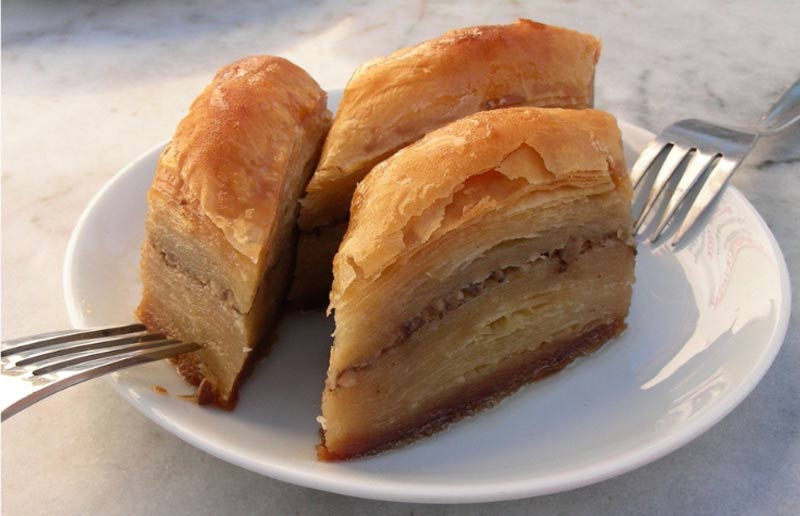
Food etiquette in Egypt
When invited to dinner in Egypt, be sure to bring a box of sweets for the hostess.
He or she will offer you coffee or tea, and it would be impolite if you refuse. Should your cup become empty, never refill it for yourself, but signal you’d like more by pouring some into the cup of the person seated next to you.
Be sure to wash your hands before eating. When the meal begins, the host will say “Sahtain” to signal it’s time to start eating.
You may be offered traditional western utensils, but be prepared for the possibility the meal may be served without any utensils whatsoever. Never eat with your left hand. It is even considered rude to pass food to your neighbor using your left hand, so it’s best to just keep it in your lap.
After dinner, expect to be served more coffee or tea, and dessert. But when your host offers you a cold drink such as ice water, he or she is signaling the dinner party is over and it’s time for the guests to leave.
Egyptian food by region
Egypt can be divided into a handful of regions, by geography. When doing an Egypt unit study for kids, it may be helpful to cover a few of these regions.
Nile Valley
The delicious and diverse cuisine of the ancient Nile valley is rich in legumes, rice, and vegetables. Hummus is commonly served, made of chickpeas or fava beans and various spices. Here you will also find a golden, spiced lentil soup and fatteh, a special occasion dish of lamb or beef served over rice and pita bread topped with a garlic tomato sauce.
A popular snack and street food is hawawshi, pita bread stuffed with spiced, minced meat.
And for dessert, Umm Ali (literally ‘Ali’s mother) is like bread pudding made from puff pastry.
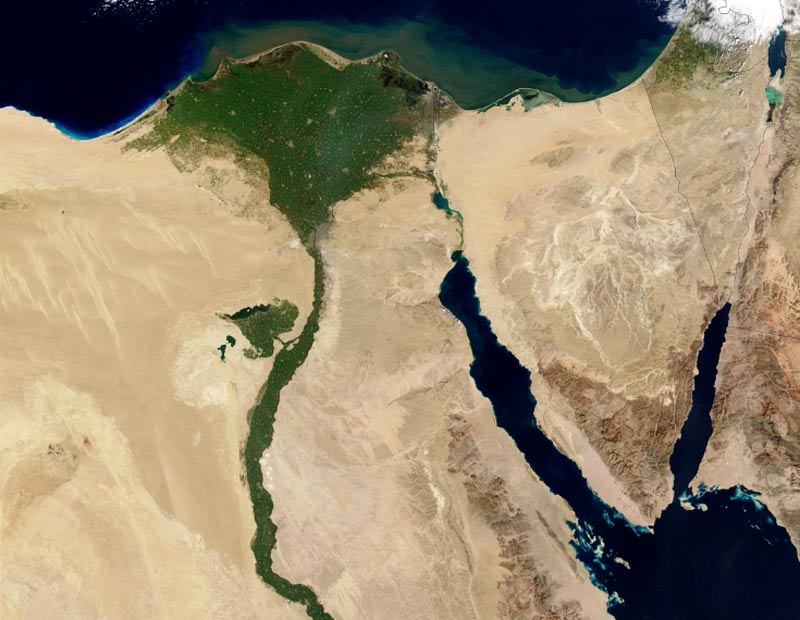
Sinai Peninsula
In this region, East of the Nile Valley, fewer crops are grown, as there is less rainfall. However, dates and herbs grow wild on the Sinai Peninsula.
A special bread is made here with the local fennel, known as farasheeh. A traditional dried meat known as ta’asabett is also served here.
Siwa Oasis
This region near the Libyan border, by Egypt’s western desert, is famous for its sweet date syrup, which is so delicious (and plentiful) that it is exported all over the world.
The Siwa region has many traditional dishes unique to the area. Liver (usually chicken or sheep) is featured in many local recipes and broth-based soups are often on the menu. You will find liver sautéed with tomatoes, onions, and various herbs to make a dish called shakshouka (other regions make this delicious dish with eggs).
Shorbit is a flavorful broth-based soup served alongside most meat dishes.
Learn about some Egyptian holidays
When kids are learning about Egypt, they will have fun learning about holidays that may or may not be familiar to them.
Islamic New Year (first day of the lunar calendar)
The large Muslim population in Egypt celebrates their new year on the first day of the lunar Islamic calendar.
In order to symbolize the fresh new start, a white dessert is often served. A traditional favorite is roz belaba, an Egyptian rice pudding.
Easter (date varies)
For many devout Coptic Christians, their Easter celebration is a full week of festivities. There are resurrection plays depicting the rising of Christ, crowded religious services, and streets filled with people carrying palm fronds to commemorate Jesus’ triumphal entry into Jerusalem.
Easter itself is preceded by a 55 day fast eating only an essentially vegan diet.
The elaborate feast on Easter Sunday then is full of rich foods. Egyptian fattah is served, a rice dish with spiced meat on crispy flatbread, along with warak enab, stuffed grape leaves.
Shem El Nessim (date varies)
This translates to “smell of breeze” and is a holiday celebrated by all faiths to mark the coming of spring.
While the date varies, it is always held on Easter Monday.
Families often picnic out at parks and beaches, or go on outings to zoos or fairs. While celebrating, families stop at roadside stands to buy fresh falafel on sticks, or temes, which are hot lupin beans that are shelled and eaten like popcorn.
But the most common traditional food served on this day is fisikh – mullet fish. It has such a strong smell it is usually eaten outside. Egyptians enjoy it with onions and lettuce. The dish has its downsides, however. Not only do people find it difficult to digest, but it has led to many instances of botulism, resulting in severe illness.
Eid el Fitr (date calculated on the lunar calendar)
This is the holiday that marks the end of Ramadan, and Egyptian Muslims celebrate for three whole days. Everyone wears new clothes and often give gifts.
Many people gather at the homes of friends and family, for a large meal to celebrate the breaking of the fast.
The most popular treat to enjoy is kahk, a cookie often filled and covered with powdered sugar.
An elaborate filling meal is always served especially on the first day, featuring fattah, kebabs, or tagine, a lamb or chicken dish which is braised with spices.
At-home ideas for kids to learn about Egypt
As a part of your homeschool Egypt unit study or as a supplement to your child’s Egypt unit at school, try some of these ideas at home. Hands-on activities get students immersed in the culture they are learning about and help them to remember what they learn!
- Build replicas of the pyramids with blocks or even sugar cubes.
- Learn to make Egypt’s famous kahk cookies and share some with neighbors.
- Find an Islamic calendar and see if you can identify the days of this year’s holidays and New Year.
- Try an Egyptian dish, like kushari or hawawshi.






Have a Question/Comment?